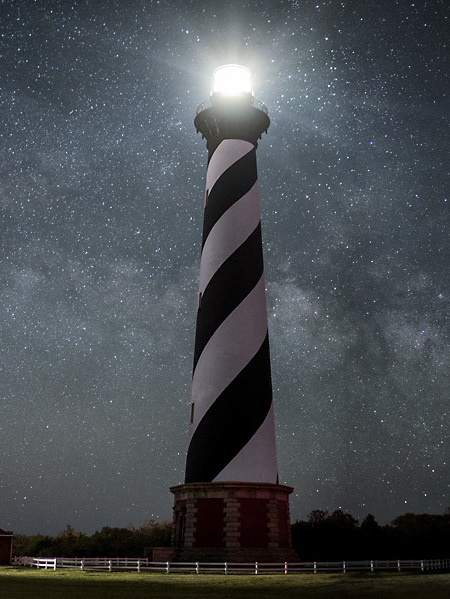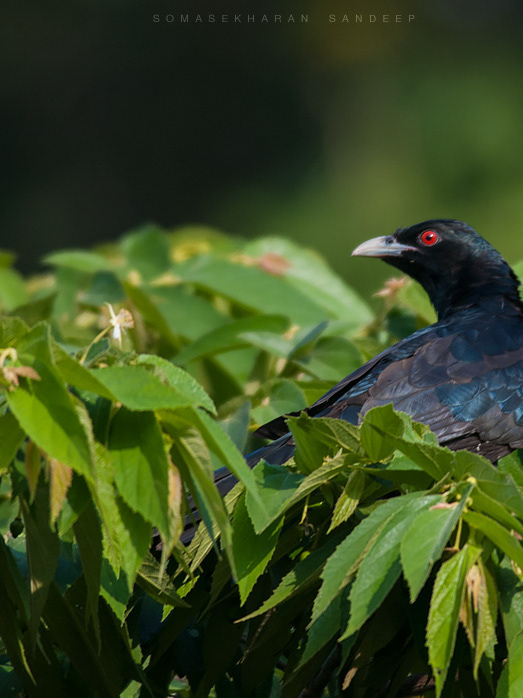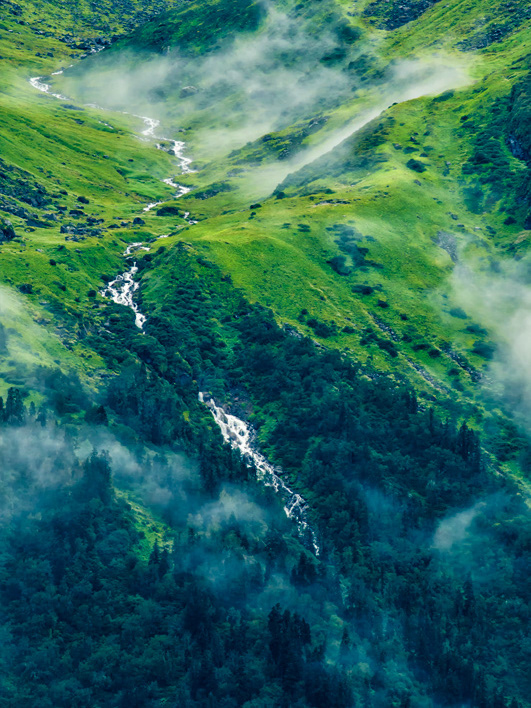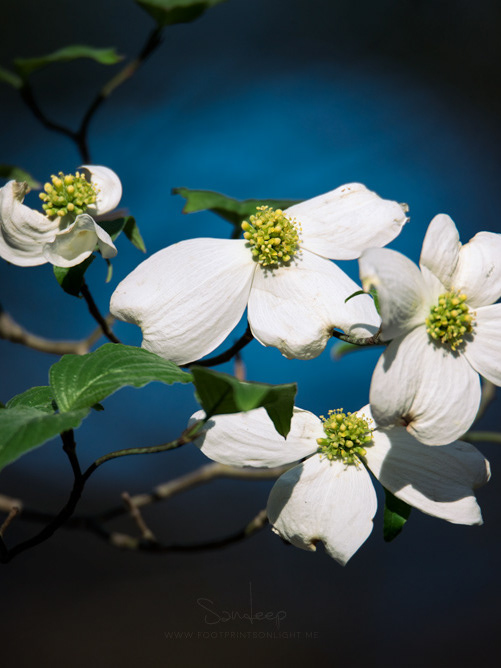When my passion for photographing birds started to erode, seeing the rat race everywhere, I feared I would let my camera and lenses go to rust. Fortunately, that was when I started accompanying a few friends for landscape photography, particularly to shoot sunrises and sunsets. Partially cloudy days/ nights have been the safest bets for getting to see a colorful sunrise or a sunset. It is at that moment when the sun is just below the horizon, that the science of the cosmos creates art.
Bubblegum in the sky : Dawn's gentle painting above emerald isle, NC
There's poetry in the sequence of events of a sunrise. First comes the tiny speck of light in the east, against the dark blue sky. For the next few minutes, the sky is a gradient of pink to deep blue. The pink horizon turns a glowing orange, and then the gradient eases out to an even blue as the sun peeks over the horizon. And a sunset is just a sunrise turned upside down on its head.But in the presence of clouds with the right intention, the poetry turns into a rhapsody. The darker the clouds are, the more dramatic the colors look. Some sunsets look flamboyant, whereas some look downright sinister.
Dragon's breath : A hunch seeing a gap in the clouds along the horizon drove us to this wetland in short notice. The show lasted less than three minutes.
In the much loved "Calvin and Hobbes" series by Bill Watterson, Calvin asks his dad once, "Dad, why is the sky red when the sun sets?". Dad replies, "It is all the oxygen in the atmosphere catching fire when the sun goes down."
Serenity : A woman fishes near a lake just outside the Appalachians, as the random strokes of colors appear along the sky.
We all know sunlight is comprised of seven visible colors of light, red being the longest wavelength and violet being the shortest. When light rays hit the suspended particles in the atmosphere, they end up bouncing off, which is called scattering. The particles in the atmosphere scatter the shorter wavelengths more. Due to the longer distance that the sun's rays need to travel through the atmosphere during dawn and dusk, the red, yellows and oranges are the only colors that manage to evade scattering and illuminate the clouds. As a result, the sky explodes in a frenzy of warm colors.
Clouds streak past a boat, at the shore of Lake Crabtree, Morrisville, NC
And what happens when there are no clouds? There is nothing to reflect those pretty reds and oranges back for us to see, and they keep traveling upwards till they escape to outer space. That is when you are left with just that blue gradient (which is because the highly scattered blue light is everywhere you look).
An early glow appears in the horizon, as the sun prepares to rise beyond these trees , at lake Mattamuskeet, NC.
How about when the horizon is not clear at all? Then the sun's rays are brutally blocked by the clouds there before they reach our part of the sky. That is when you are left with bland, grey skies.
As technology becomes more accessible, we see models and algorithms predict colorful sunrises and sunsets better and better, which means we are able to predict exactly how vibrant every dawn and dusk are. Sunsetwx.com is one such website for the US. But despite the models and artificial intelligence, there are some things that we can never predict till we see it right in front of our eyes. One such thing is the kind of colors that get splashed and the resulting patterns. That is totally up to that sublime artist, nature.
And let me wind up with the image of this freak sunrise, on a freezing cold morning in Durham, NC.





